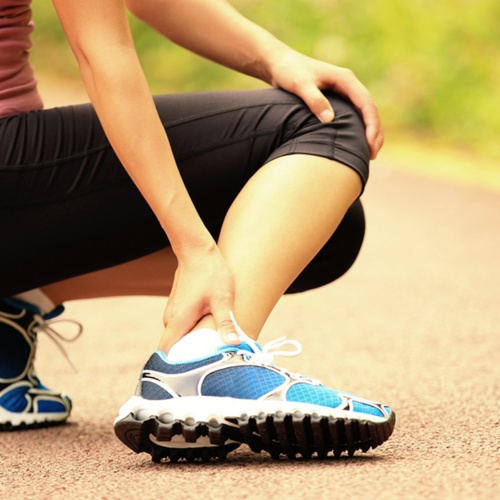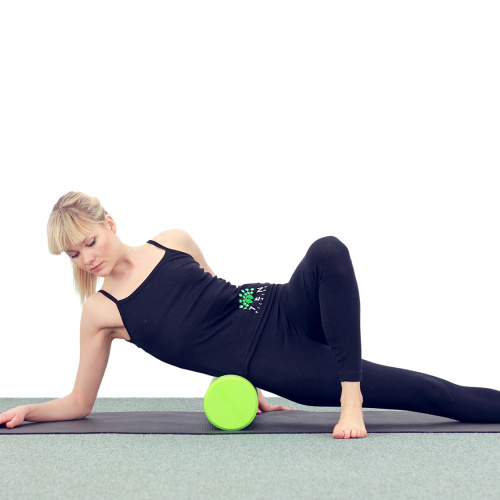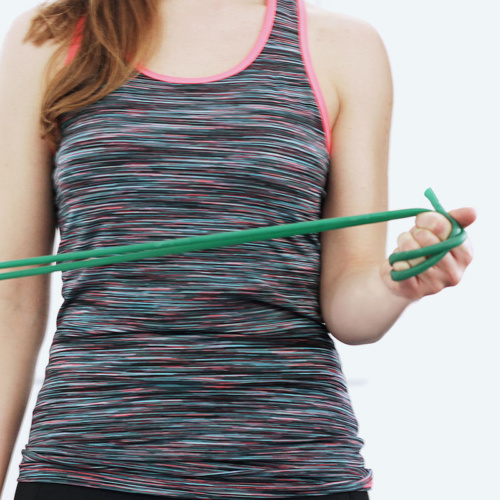There are different types of soreness. Here, we’re not talking about the immediate pain that indicates an injury – most of us know what that feels like – but the stiff or achy discomfort felt after exercise.
The main reasons for these post-exercise pains are:
1. You’re new to exercise.
This doesn’t mean you have never exercised before but you may have had a break and be starting up again.
2. You’re overtraining.
You could be training too often or training too hard.
3. You’ve started a new type of training.
No matter how fit or active you are, a new type of training can often work different muscles to the ones you’re used to using.
So why do we feel sore after exercise?
When we exercise, we cause little micro-tears in our muscle fibres. Our body’s reaction is to pump in white blood cells and fluid to protect and repair the damaged tissue. This causes swelling and inflammation, which can compress the nerve endings and cause the achy pain or stiffness in your muscles.
This process, known as DOMS (Delayed Onset Muscle Soreness), peaks around 48 hours after exercise. It’s very normal and part of the process that helps the muscles recover and rebuild to give you greater stamina and strength. However, if not treated appropriately, it can increase your chance of injury in the future.
Here are a few tips to help you get the best out of your body and decrease your chances of getting injured:
Warm up and warm down properly (including stretches!).
I know it’s boring, and the easiest part of your workout to skip if you’re tight for time. But it’s actually more important than the exercise itself. Really. A warm-up increases the blood supply in your muscles and prepares it for the activity you are about to do. Stretching before exertion puts your muscles through their range of movement so when you do them at full pelt your body doesn’t get a shock. Stretching afterwards helps reduce muscle fatigue and helps your body recover faster from your workout.
Don’t try to do too much too quickly.
Give your body a chance to adapt itself to the extra effort you’re expecting of it. It’s easy to think that going crazy from day one is the fastest route to the finely honed physique, but it’s also the easiest way to injure yourself. Building up at a rate that your body can handle will not only help you stick to the programme you’ve set yourself, but will also mean less regression if you have to miss a few sessions.
Regular Sports Massage.
Admittedly, I’m biased, but I do practice what I preach; I have a Sports Massage weekly. I have first hand experience; not only of the benefits, but also of what happens when you don’t listen to your body’s needs when exercising. Massage can reduce tension build-up from exercise (not to mention the all-too-common sore shoulders/neck/back from sitting at a computer all day) and help increase flexibility and range of movement.
See an injury specialist if the pain is different or lasts too long.
Unfortunately, we’re only human, and injuries can and do occur when exercising. If the pain affects your normal daily routine then you should seek specialist help as soon as possible. If after 2 or 3 days the pain remains or gets worse, then stop exercising and book in for treatment.




